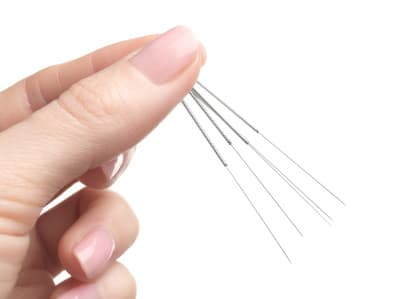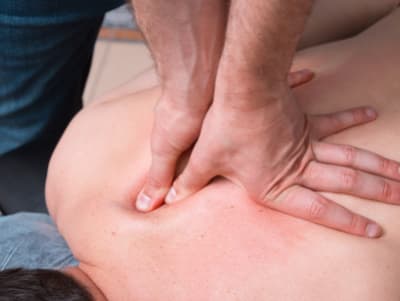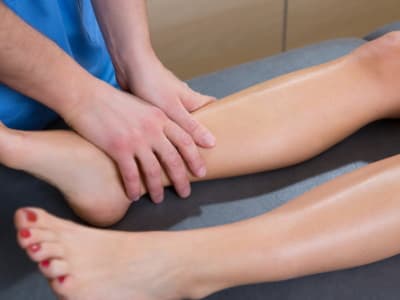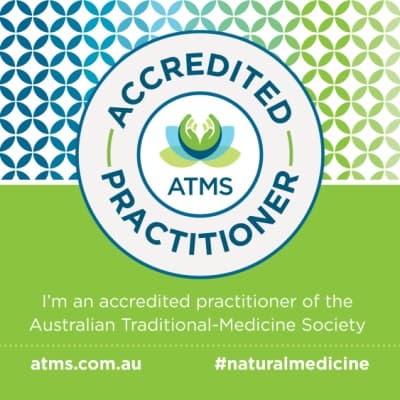Adelaide - Pasadena 5042

Massage for Arm – Elbow – Hand – Wrist Pain Conditions
Did you know that a lot of pain and stiffness in your arms, elbows, and hands comes from your muscles?
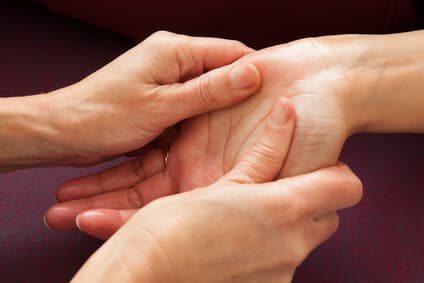
Commonly offered remedies for relief are protracted periods of rest, and splints or pressure straps. But prolonged inactivity could actually lead to stiffness and, over a longer period, to atrophy of the protected muscles.
Compensating by using other muscles that are not designed for the function of the protected muscle/s, or using the other, often weaker hand or arm can lead to pain in other places.
Whilst these types of advice may initially offer temporary relief, they, in fact, fail to address the underlying problems of muscle tightness.
In order to get to the root of your pain, focused intervention on the muscular level is necessary, and here is where massage therapy can really help.
Muscular Dangers of Repetitive Movements
The most common cause of muscular pain in your upper extremities is muscle overload through repetitive movements. Here are some common jobs that put hand, elbows or arms at risk of such strain:
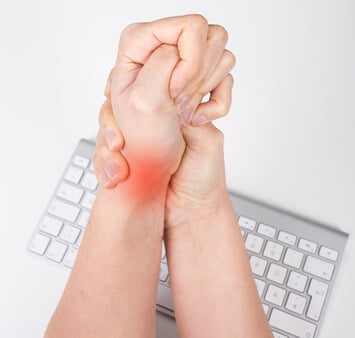
- Typing on the computer keyboard / using a computer mouse
- Texting on your phone
- Cutting, slicing, chopping things (e.g. as a cook)
- Using tools (e.g. a screwdriver, saw)
- Factory work
- Writing, painting, or drawing
- Conducting or playing a musical instrument (i.e. professional orchestra player)
- Distributing advertisements pamphlets / mail
- Holding a steering wheel for hours (career drivers)
- Domestic or industrial cleaning
- playing tennis or golf
- swimming
- long hours of practising a musical instrument
- social texting
- gardening
- woodworking, leatherwork, or sewing and craftwork
etc.
As you can see, the risks of muscle over-use in daily life are considerable and the consequential types of damage are countless.
In this technologically oriented world, even children are beginning to seek therapy, complaining of severe forearm, hand or finger pain caused by protracted periods on their phones, texting, typing on computer keypads, and manipulating video-game controls.
Falls and Accidents
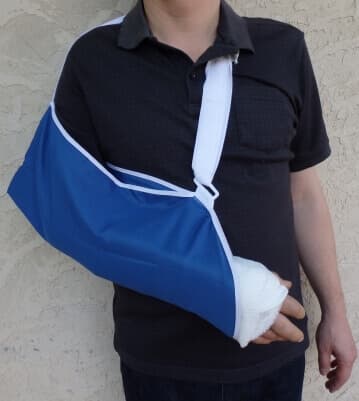
Pain from prior injuries such as accidents or falls can continue to trouble people for years, even decades after a precipitating injury.
Long after broken or bruised bones have healed, accompanying muscular trauma can continue to debilitate or restrict mobility.
Common Diagnoses for Pain / Dysfunction in Upper Extremities
Carpal tunnel Syndrome1
Osteoarthritis1
Epicondylitis (Tennis elbow)2
Tenosynovitis (de Quervain’s disease)2
Arthritis2
Radiculopathy3
Cubital tunnel syndrome4
Ulnar Neuropathy5
Thoracic Outlet Syndrome5
Myofascial trigger points (“muscle knots”) in some of the arm muscles can mimic the symptoms of the above common conditions. Likewise, pain from these conditions can be aggravated by additional trigger points.
Changes in osteoarthritic wear-and-tear seen on an x-ray may only be coincidental, and not necessarily the cause of your pain.1
At ToThePoint Massage, we are trained to ascertain and treat the muscle related pain of these complaints.
Stiffness - Numbness - Tingling - Weakness
Stiffness or weakness of your arms or hands can be the result of very tight muscles that may have been overused, used infrequently, improperly, or braced for too long.
Numbness, weakness or tingling can be caused by nerves that have been entrapped by tight muscles further up the limb or in the neck or shoulder.
At ToThePoint Massage, we aim to free your muscles from tension and restriction, release muscle knots, and therefore restore natural movement and function.
Further Readings
References for this article:
Myofascial Pain and Dysfunction, Dr. Janet Travell, Dr. David Simons & Lois Simons,2nd edition, vol 1,1999 [1] p. 688, [2] p. 705, [3] p. 721, [4] p. 764, [5] p. 765
